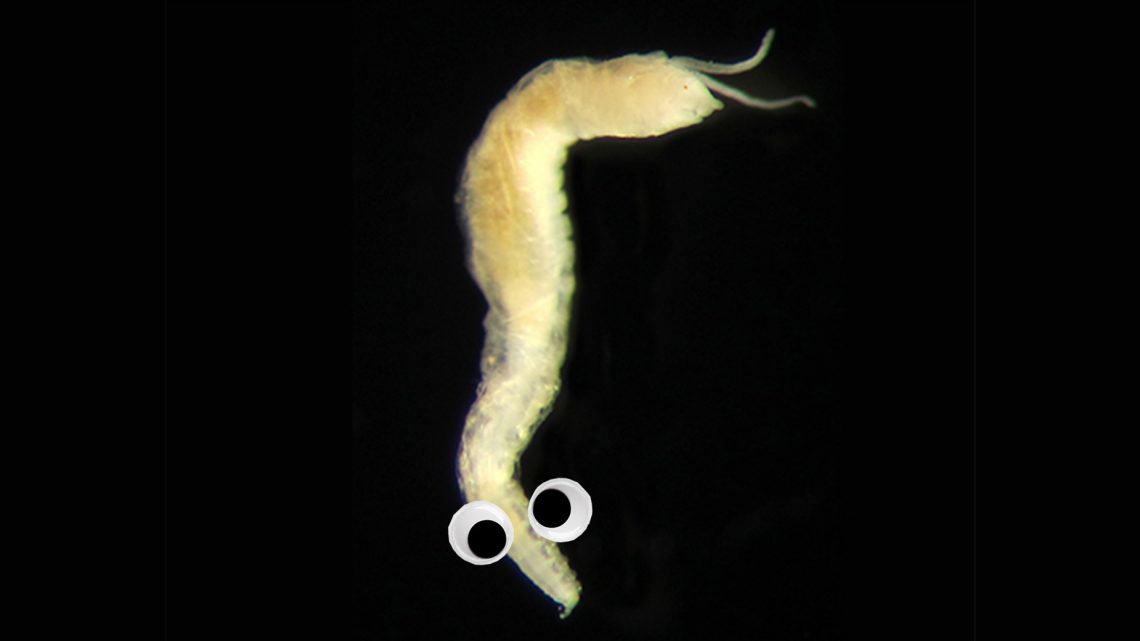
This Scottish Worm Has Eyes on Its Butt
June 20, 2019Scientists have discovered a new species of bristle worm that has a second set of peepers on its pooper.
Called Ampharete oculicirrata, the tiny creature has two pairs of eyes—one near its mouth and one near its anus—which helped scientists to distinguish it from its closest relatives.
The species is even named after its unique adaptation: “Oculicirrata” is a combination of the Latin words “oculi,” meaning “eyes,” and “cirri,” which is the type of appendage that lines the worm’s bum.
The animal, which is about half a centimeter in length, was found in the seabed of the West Shetland Shelf, a marine protected area off the coast of northern Scotland. A team of scientists onboard the research vessel MRV Scotia collected over 80 of these bottom feeders at depth ranges between 100 to 140 meters in late 2017.
The expedition included researchers from governmental institutions such as Marine Scotland Science and the UK Joint Nature Conservation Committee, as well as the private firm Thomson Environmental Consultants.
After carefully examining the specimens over the course of a year, researchers led by Julio Parapar, a marine biologist at the University of La Coruña, officially announced the identification of the new species in the June issue of The European Journal of Taxonomy.
Bristle worms are abundant in Earth’s oceans; over 10,000 different species have been catalogued by scientists. The worms can seemingly adapt to every imaginable habitat, from hot hydrothermal vents to the cold deep waters of the open ocean. A fraction of them have colonized freshwater ecosystems as well.
The spectacular diversity of the group also extends to its eye configurations. Most bristle worms have a pair of eyes on their heads, but some are blind. It’s not unusual for the worms to have two sets of eyes, and A. oculicirrata is not the only species known to boast a pair on its butt (though this feature is unusual when compared to its closest known relatives).
“This new species is an exciting and interesting addition to the work we do in Marine Protected Areas,” said Jessica Taylor, a marine advisor at the Joint Nature Conservation Committee, in a statement.
“The fact that it was found in relatively shallow depths, relatively close to the Scottish coastline, shows just how much more there is to understand about the creatures that live in our waters.”


